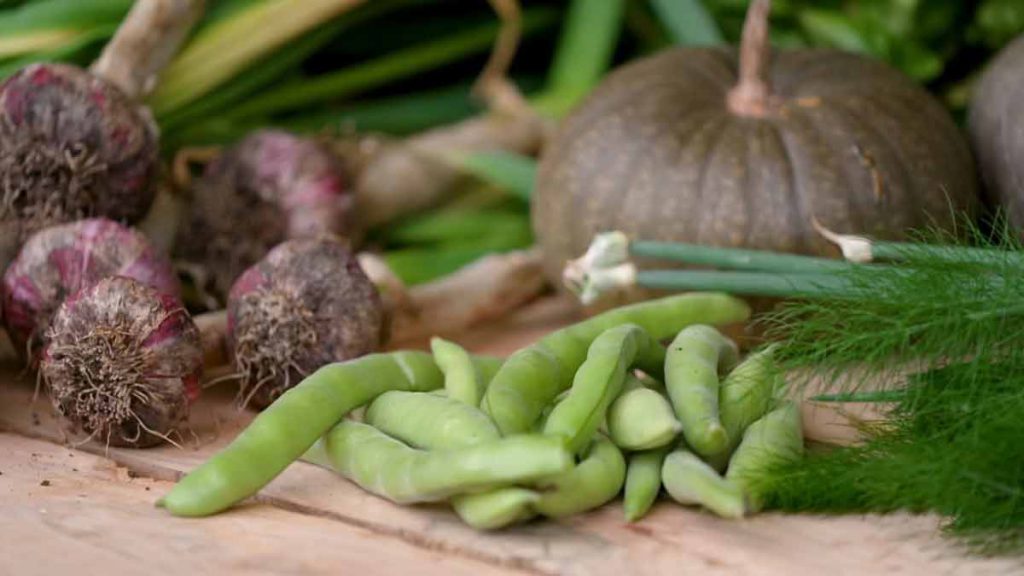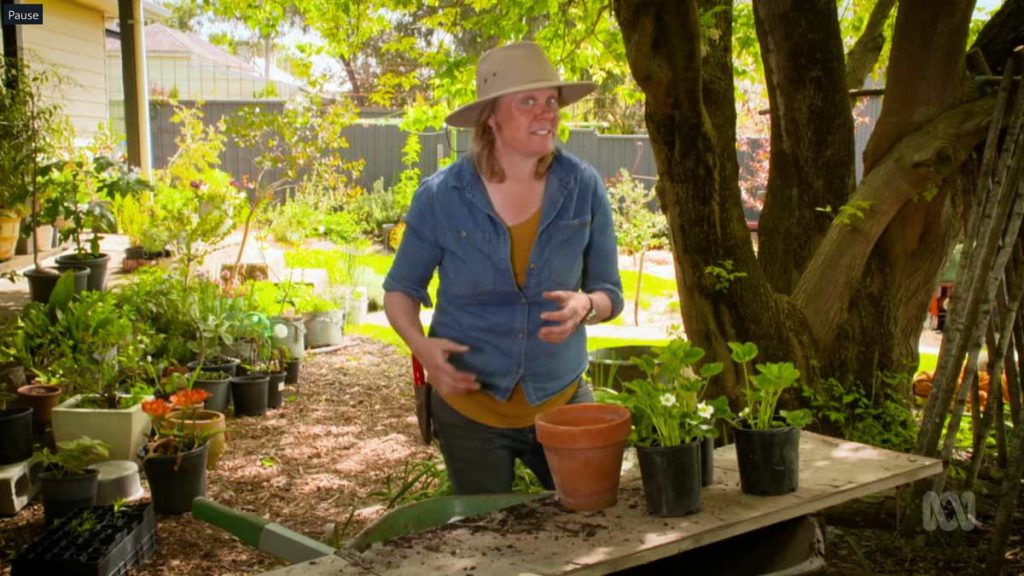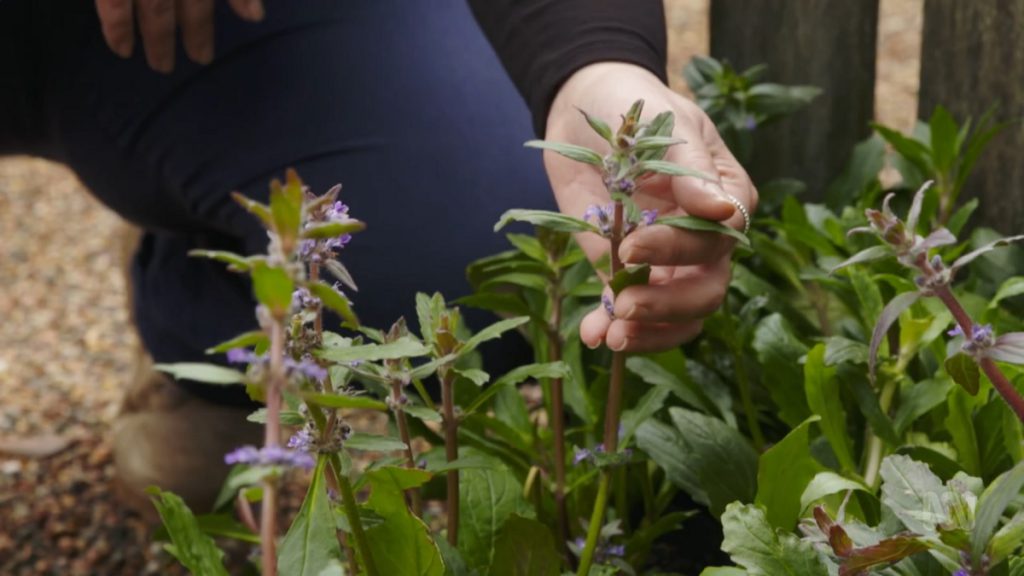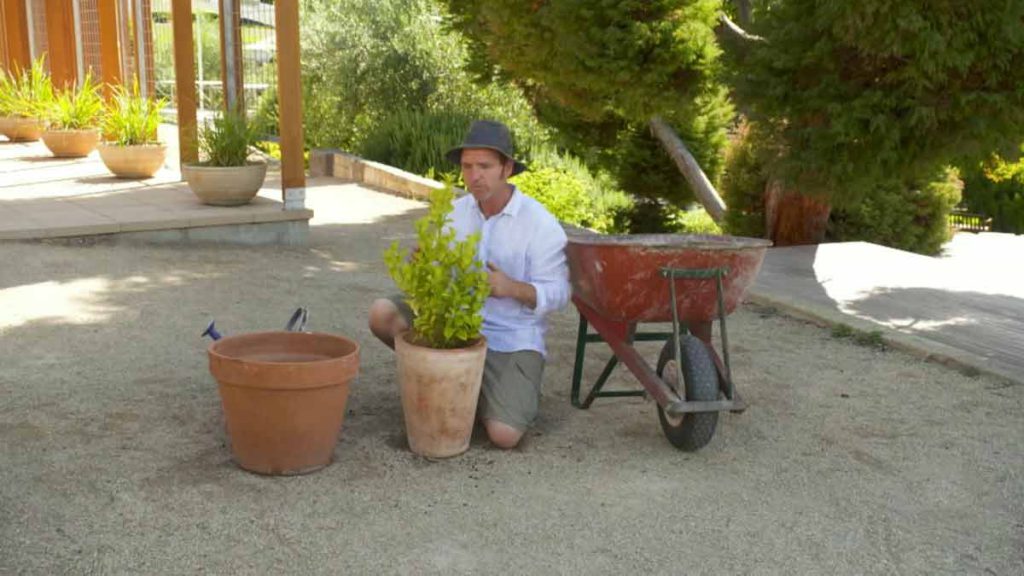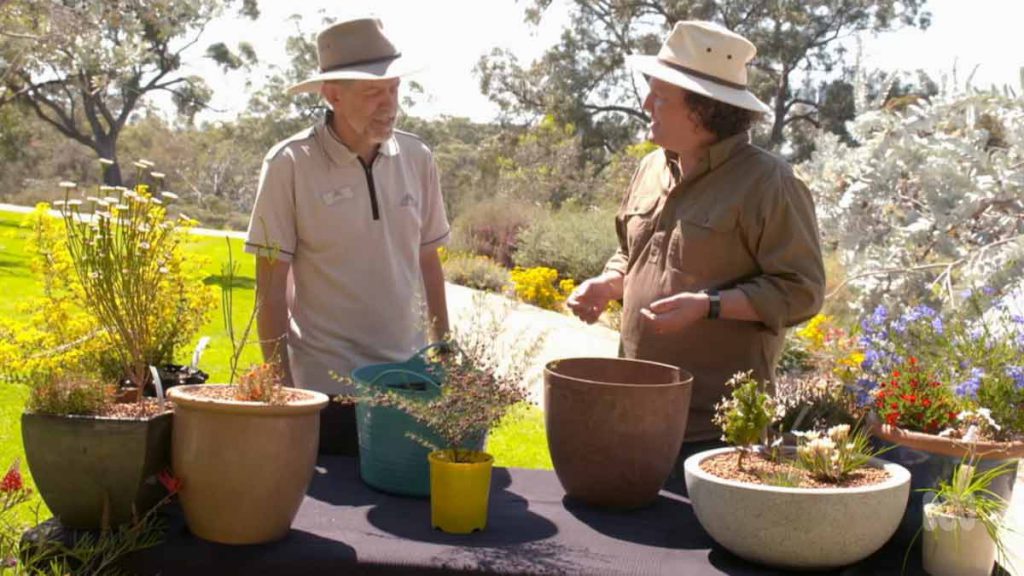Gardening Australia episode 5 2021: Jane Edmanson visits a local legend’s natural oasis, Costa Georgiadis meets mini mammal pollinators, Tino Carnevale has seed saving secrets, Jerry Coleby-Williams checks out a shop growing fresh food with aquaponics.
Gardening Australia has always provided practical, trustworthy and credible gardening advice to inspire and entertain. Inspiring, entertaining and full of practical advice, join Costa Georgiadis and the team as they unearth gardening ideas, meet avid gardeners and look at some of the most inspiring gardens from across the country.
Gardening Australia episode 5 2021
Saving Scrubland
Costa meets the mini mammals responsible for pollinating Sydney’s banksias, and learns about conservation efforts to keep both thriving. He meets up with Wildlife Ecologist Dr Viyanna Leo, who explains that only 3% of this ecosystem remains, and half of that is found at North Head. “The area is surrounded by urbanisation, so North Head acts as a refuge for the wildlife,” she says.
Much of the research work being carried out by the area’s land managers focuses on the amazing banksias found here.
“At North Head we have had a decrease of pollination rates with the banksias,” Viyanna says. The plants are usually pollinated through birds, insects and small mammals; banksias have evolved heavy flower spikes that take the weight of a small mammal, such as Eastern Pygmy Possums, Brown Antechinus and Bush Rats, that are light enough to travel to the top of the banksias, to the tips.” However, the small mammals that were once living here have become locally extinct through cats, foxes and urbanisation.
FAQs – Buying bulbs | Eucalyptus mulch | Planting garlic
Sophie answers a question about buying bulbs, Clarence has advice on using eucalyptus mulch, and Jane explains the best time to plant garlic.
Room for More
Millie shares resourceful tricks and techniques to bump up your home food production. Don’t be limited by traditional ideas of a vegie bed, and don’t be scared to mix plant types. In the centre of Millie’s native garden bed is an exotic crabapple. She also combines edibles with exotic ornamentals.
This allows you to plant right up to the edge. Without a hard border, the soil washes away and you lose 10-15cm of potential growing space.
As Millie harvests her lettuce, she plants a small patch of fast-growing radish. It provides a sneaky extra crop between seasons and it’s good for the soil, which is healthier with plants growing in it than when left bare and exposed.
Harvesting and Storing Pumpkins – Gardening Australia episode 5 2021
Sophie explains how to harvest and store pumpkins.
Sustainable Straw Sanctuary
Josh visits the sustainable, strawbale home of a landscape designer, surrounded by a sea of garden favourites. When Ross bought his land, he knew it wasn’t perfect: it was sloped, had poor, shallow soil and experienced wet winters and scorching summers.
He built his own home on the block, inspired by memories of his grandmothers’ wattle and daub hut in Africa. So, instead of a standard bricks and mortar house, Ross opted to build with something simple sustainable, and somewhat unusual – strawbales. Family, friends and volunteers helped to build the house. Straw is very thermally efficient – staying warm in winter and cool in summer. It also looks lovely.
Despite being planted to withstand the extreme conditions the garden is full of colour and interest.
Appetising Aquaponics – Gardening Australia episode 5 2021
Jerry visits a fish & chip shop going the extra mile to grow fresh salad produce with an aquaponics system. Jerry heads to Buderim to pick up some fish and chips, and discovers the shop owner has started an aquaponic farm 15 minutes away to provide more fresh, healthy and affordable meals.
Jane meets a dedicated local legend who transformed a desolate creekbank into a natural oasis for the community. She is exploring a lovely native park that was saved from being a weed-infested eyesore by one caring local – Kevin Hoffman.
In 1970 Kevin and Beverley Hoffman moved into their new house near the creek but Kevin was unhappy with the sorry state of the creek, so he set about improving it – watering the existing trees, removing weeds and replacing them with native plants. This work continued over 40 years. The pathway he created through this area is now officially called the Kevin Hoffman Walk. When Kevin was hit by ill health, a friends group started and they hired horticulturist Matt Leach to continue the work Kevin started.
Weeding is still a huge issue, and other work including keeping the paths clear and replacing older plants as they die. There are 40 species of Banksia, about 90 species of Eremophila and many types of Correa. The Paper Daisies are a good indicator plant – when they droop, it’s a sign that the irrigation needs to go on.
